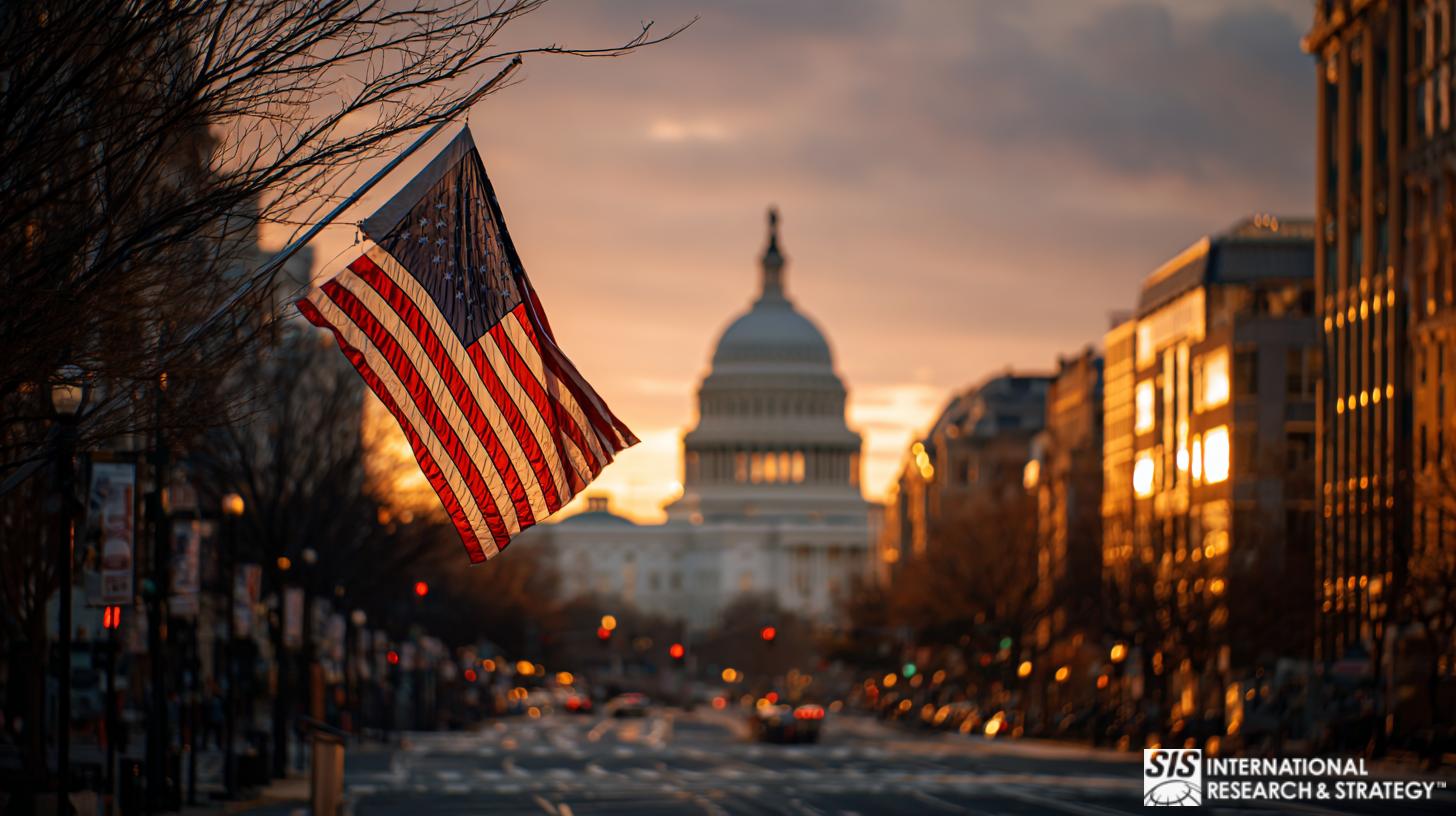
Las elecciones presidenciales estadounidenses de 2008 fueron fascinantes por multitud de razones, pero en particular por el uso de nuevo marketing. SIS International Research nunca respalda a un candidato específico, pero ha tratado de evaluar imparcialmente el impacto del marketing en cada campaña.
La campaña de McCain
John McCain’s campaign used by and large more traditional marketing methods. Around the time of Sarah Palin’s nomination as Vice-President, the McCain campaign successfully had put Obama on the defensive to the extent that Obama lost some of his lead. It sought to capitalize on the discontent of Clinton supporters. But, early on it became evident that McCain’s online efforts lagged behind those of Obama. Another facet of the campaign was the use of archetypes to rebrand the Democratic candidate as “socialist” and “liberal”. Using archetypes traditionally has powerful effects as people develop associations with these terms throughout their lives. The archetype approach was unsuccessful this year, especially in contrast to Bush’s successful use of archetypes in rebranding Kerry in 2004 as a “tax and spend liberal from Massachusetts”. The archetypes were largely ineffective on young people who had fewer negative associations on these specific archetypes, not having feared communism in their youth. Last, the central marketing message of “Country First” did not capitalize on the calls for change, and it had not become a cohesive theme that could describe policy.
La campaña de Obama
Notably, the campaign rebranded pervasive feelings on American streets and incorporated them to make voters passionate about the campaign. The slogan of change became a theme for every policy that Obama talked about, creating a simple, unchanging, and cohesive message. Moreover, Obama’s campaign set a new standard in campaign politics with the use of Web 2.0. The campaign dominated the media cycle on websites like YouTube, Facebook, and X and reached out to voters less willing to watch the campaign unfold in traditional channels, such as cable news shows. This also allowed Obama supporters to publicize Sarah Palin’s interviews and McCain’s campaign events. Furthermore, the campaign developed a grassroots campaign that conspicuously presented itself nationwide. That created an experiential marketing campaign in which going to a campaign event was an experience in and of itself. People saw Obama’s politics through their neighbors and friends. This personalization of politics and the exciting “ground” experience passionately drew in voters and made them feel as if they had a stake in the election. Interestingly, Web 2.0 sites like YouTube will be used by the President-elect in his weekly address to the nation, an innovation to the American presidency.
Independientemente de su política, el uso del marketing en las elecciones de 2008 ofrece excelentes estudios de casos que incluso pueden aplicarse al marketing corporativo.


